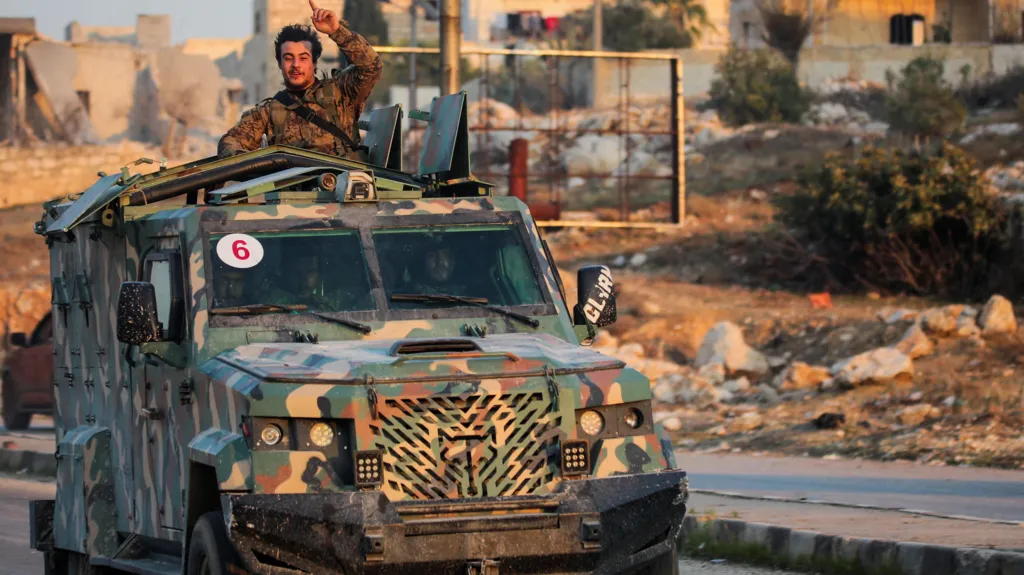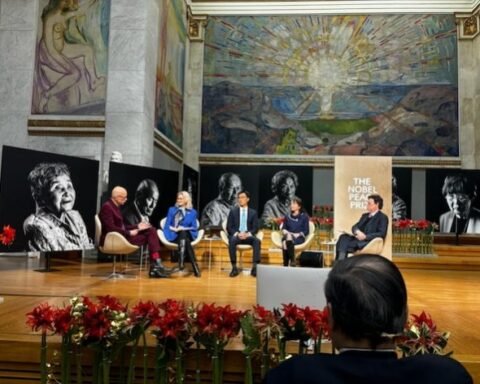In a dramatic turn in the Syrian conflict, rebel forces launched their largest offensive in years against President Bashar al-Assad’s government. By Saturday, they had seized “large parts” of Aleppo, Syria’s second-largest city.
This surprise attack, spearheaded by the Islamist militant group Hayat Tahrir al-Sham (HTS), triggered the first Russian airstrikes on Aleppo since 2016 and forced Syrian government forces to retreat. The development has reignited questions about the evolving dynamics of Syria’s long-running war.
Who are Hayat Tahrir al-Sham (HTS)?
HTS has a complex history rooted in Syria’s tumultuous conflict. Originally founded in 2011 as Jabhat al-Nusra, an affiliate of Al Qaeda, the group quickly gained notoriety for its effectiveness on the battlefield and its uncompromising jihadist ideology.
In 2016, HTS leader Abu Mohammed al-Jawlani severed ties with Al Qaeda, rebranding the group as Hayat Tahrir al-Sham after merging with several smaller factions. While HTS sought to establish itself as a governing force in Idlib, allegations of human rights abuses and internal power struggles have marred its legitimacy.
Unlike the Islamic State (IS), which sought a global caliphate, HTS has focused its ambitions on implementing fundamentalist Islamic rule in Syria. Until now, its actions appeared localized, with little indication of an intent to reignite large-scale conflict.
Syria’s Fractured Landscape
Syria’s civil war, which began in 2011, has left the country deeply fragmented. While Assad maintains control over major urban centers, several regions remain beyond his reach:
- Kurdish Areas in the East: These regions operate semi-autonomously and have been out of state control for most of the conflict.
- Southern Unrest: Sporadic protests and unrest persist in areas where the revolution initially began.
- The Syrian Desert: Holdouts from the Islamic State remain active, particularly during seasonal truffle hunting when they exploit local vulnerabilities.
- Idlib Province: The northwestern province, home to four million people—mostly displaced persons—remains under the control of HTS and other rebel factions.
Ceasefire and the New Offensive
Since a 2020 ceasefire brokered by Russia and Turkey, Idlib has been relatively quiet. However, HTS’s sudden offensive on Aleppo signals a shift. Analysts suggest that regional developments, including setbacks faced by Iran-backed Hezbollah and Israeli strikes on Iranian commanders in Syria, may have emboldened the rebels.
Aleppo, which once symbolized a decisive victory for Assad, was reclaimed in 2016 with significant support from Russian airpower and Iranian militias, including Hezbollah. The recent rebel gains challenge that hard-fought control.
Implications for Assad’s Rule
HTS’s move on Aleppo raises questions about its broader ambitions. After years of focusing on consolidating power in Idlib, the group’s decision to escalate conflict signals a potential shift toward renewed confrontation with the Syrian government.
Despite HTS’s efforts to position itself as a local governing authority in Idlib, the offensive underscores its continued relevance in Syria’s fragmented war. Whether this marks the beginning of a larger challenge to Assad’s dominance or a localized resurgence remains uncertain.
For now, the Syrian government and its allies face a renewed front in the conflict, threatening the fragile stability achieved in recent years.







